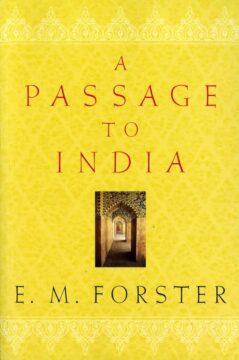Sameer Pandya at the LARB:
 THIS YEAR marks the 100th anniversary of the publication of E. M. Forster’s A Passage to India. I’ve never loved the novel, nor have I been able to let go of it. And so I started reading it again as I began a passage of my own to India—where I lived until I was eight—with my wife and our two teenage sons.
THIS YEAR marks the 100th anniversary of the publication of E. M. Forster’s A Passage to India. I’ve never loved the novel, nor have I been able to let go of it. And so I started reading it again as I began a passage of my own to India—where I lived until I was eight—with my wife and our two teenage sons.
Across his work, but particularly in Passage, Forster uses miscommunication, or what he calls “muddles,” as a productive source of narrative tension and propulsion. “Except for the Marabar Caves—and they are twenty miles off—the city of Chandrapore presents nothing extraordinary.” The opening line sets up the location of the novel’s primary action in a cave that produces only an echo—the absence of real communication.
A young Englishwoman named Adela Quested arrives in British India with Mrs. Moore, her prospective mother-in-law, so that Adela can determine if she and Mrs. Moore’s son, Ronny, are the right match.
more here.
